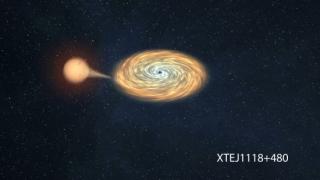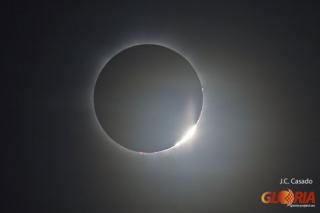
Thanks to the Gran Telescopio CANARIAS (GTC), the authors have demonstrated that two companion stars orbiting black holes are indeed falling onto these black holes, but the spiral-in of these companion stars is faster than what the theory predicts. ANIMATION Preview Download: mov, 1920x1080p, h264, 549 MB, 45 seconds Description: Artistic animation that shows the evolution of the two binary systems XTE J1118 480 y A0620-00, both with a black hole and a star. Further information and interview: Spanish IAC Press Release Interview contact: Jonay I. González-Hernández (jonay [at] iac.es (jonay[at]iac[dot]es)). Instituto
Advertised on

